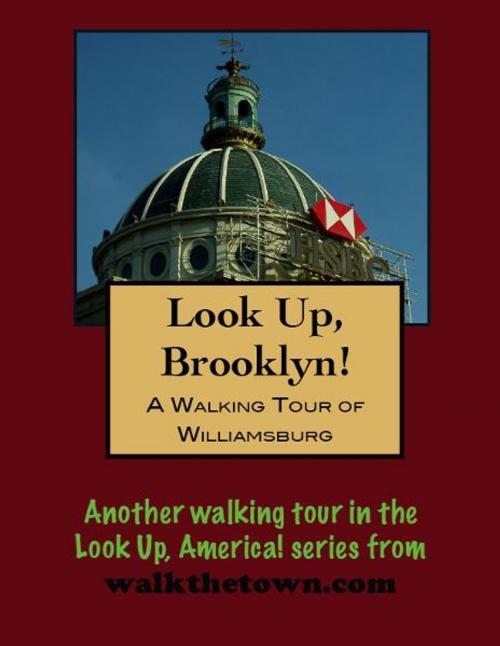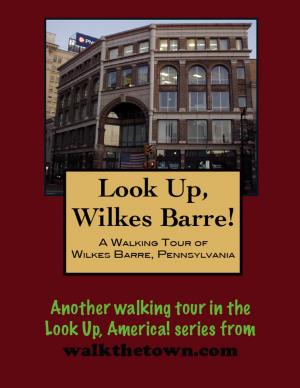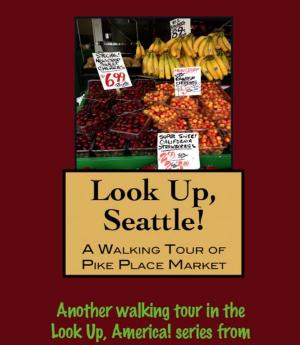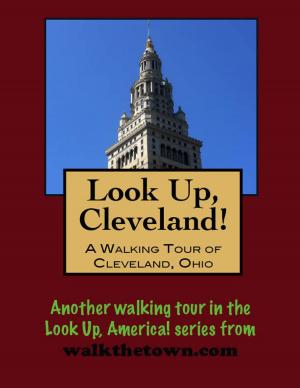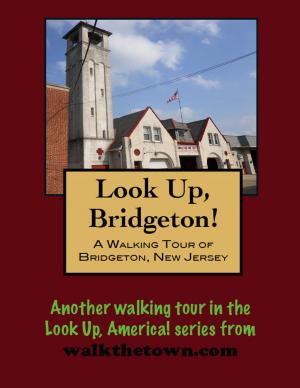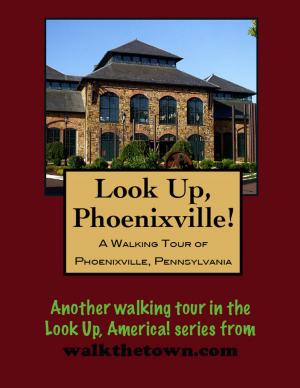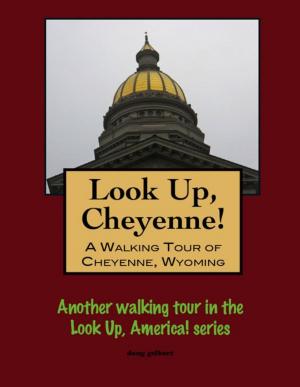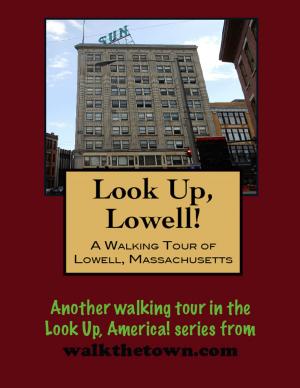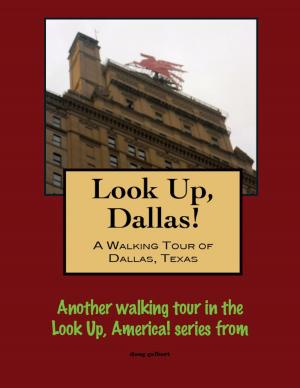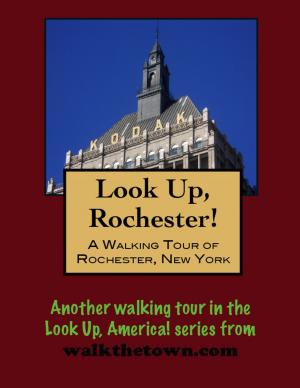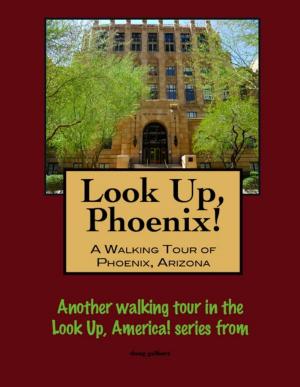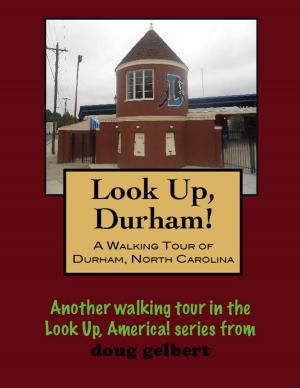| Author: | Doug Gelbert | ISBN: | 9781452307787 |
| Publisher: | Doug Gelbert | Publication: | January 10, 2010 |
| Imprint: | Smashwords Edition | Language: | English |
| Author: | Doug Gelbert |
| ISBN: | 9781452307787 |
| Publisher: | Doug Gelbert |
| Publication: | January 10, 2010 |
| Imprint: | Smashwords Edition |
| Language: | English |
There is no better way to see America than on foot. And there is no better way to appreciate what you are looking at than with a walking tour. Whether you are preparing for a road trip or just out to look at your own town in a new way, a downloadable walking tour from walkthetown.com is ready to explore when you are.
Each walking tour describes historical and architectural landmarks and provides pictures to help out when those pesky street addresses are missing. Every tour also includes a quick primer on identifying architectural styles seen on American streets.
This walking tour of the Williamsburg section of Brooklyn, New York illuminates the industrial, commercial and residential experience of one of the city's most colorful streetscapes.
For more than a century after it was settled this enclave was a village called Bushwick Shore. In 1802, real estate specualtor Richard M. Woodhull purchased thirteen acres of land at the foot of today's South 2nd Street and hired Benjamin Franklin's grandnephew, Jonathan Williams, a United States Army engineer to survey his property. He named the proposed village in his honor and established a ferry to New York (then the island of Manhattan). The enterprise went bankrupt in 1811 but the tiny village trundled on and was incorporated into the Town of Bushwick in 1827.
Thomas Morrell and James Hazard picked up where Woodhull had left off. They also established a ferry, this time to the Grand Street Market at Corlear's Hook, providing an outlet for the farmers of Bushwick to sell their produce in New York. The impetus to the area's growth, however, was the establishment of a distillery in 1819. The distillery is gone (as is the Schaefer brewery that followed it on the same site). With a population over 10,000 by 1840 Williamsburg(h) separated from Bushwick and became its own city, organized into three wards.
In 1855 the city lost its independence and its "h" when Williamsburg was annexed into the City of Brooklyn, helping propel Brooklyn to the status of America's third-largest city. Throughout the 19th century Williamsburg was a wealthy industrial enclave. Astral Oil, later swallowed by Standard Oil, was built here. Corning Glass Works was founded here before drifting upstate. German immigrant, chemist Charles Pfizer founded Pfizer Pharmaceutical here. Gilded Age barons Cornelius Vanderbilt, Jim Fisk and William Whitney stayed in elegant resorts on the Williamsburg shoreline.
But nothing had an impact on the community like the opening of the Williamsburg Bridge in 1903. Overnight the tony hotels gave way to an immigrant district absorbing the overflow from New York's Lower East Side (the New York Tribune dubbed the bridge the "The Jews' Highway"). Well-to-do families moved away, and mansions and handsome brownstones from the post-Civil War era fell into disuse or were converted to multiple dwellings.
It wasn't until the 1980s that a hip art crowd found large loft spaces, cheap rent and convenient transportation throughout Williamsburg and kick-started a renaissance that continues into the new century.
Our walking tour will start where so much of the immigrant experience began - at the foot of the Williamsburg Bridge...
There is no better way to see America than on foot. And there is no better way to appreciate what you are looking at than with a walking tour. Whether you are preparing for a road trip or just out to look at your own town in a new way, a downloadable walking tour from walkthetown.com is ready to explore when you are.
Each walking tour describes historical and architectural landmarks and provides pictures to help out when those pesky street addresses are missing. Every tour also includes a quick primer on identifying architectural styles seen on American streets.
This walking tour of the Williamsburg section of Brooklyn, New York illuminates the industrial, commercial and residential experience of one of the city's most colorful streetscapes.
For more than a century after it was settled this enclave was a village called Bushwick Shore. In 1802, real estate specualtor Richard M. Woodhull purchased thirteen acres of land at the foot of today's South 2nd Street and hired Benjamin Franklin's grandnephew, Jonathan Williams, a United States Army engineer to survey his property. He named the proposed village in his honor and established a ferry to New York (then the island of Manhattan). The enterprise went bankrupt in 1811 but the tiny village trundled on and was incorporated into the Town of Bushwick in 1827.
Thomas Morrell and James Hazard picked up where Woodhull had left off. They also established a ferry, this time to the Grand Street Market at Corlear's Hook, providing an outlet for the farmers of Bushwick to sell their produce in New York. The impetus to the area's growth, however, was the establishment of a distillery in 1819. The distillery is gone (as is the Schaefer brewery that followed it on the same site). With a population over 10,000 by 1840 Williamsburg(h) separated from Bushwick and became its own city, organized into three wards.
In 1855 the city lost its independence and its "h" when Williamsburg was annexed into the City of Brooklyn, helping propel Brooklyn to the status of America's third-largest city. Throughout the 19th century Williamsburg was a wealthy industrial enclave. Astral Oil, later swallowed by Standard Oil, was built here. Corning Glass Works was founded here before drifting upstate. German immigrant, chemist Charles Pfizer founded Pfizer Pharmaceutical here. Gilded Age barons Cornelius Vanderbilt, Jim Fisk and William Whitney stayed in elegant resorts on the Williamsburg shoreline.
But nothing had an impact on the community like the opening of the Williamsburg Bridge in 1903. Overnight the tony hotels gave way to an immigrant district absorbing the overflow from New York's Lower East Side (the New York Tribune dubbed the bridge the "The Jews' Highway"). Well-to-do families moved away, and mansions and handsome brownstones from the post-Civil War era fell into disuse or were converted to multiple dwellings.
It wasn't until the 1980s that a hip art crowd found large loft spaces, cheap rent and convenient transportation throughout Williamsburg and kick-started a renaissance that continues into the new century.
Our walking tour will start where so much of the immigrant experience began - at the foot of the Williamsburg Bridge...
